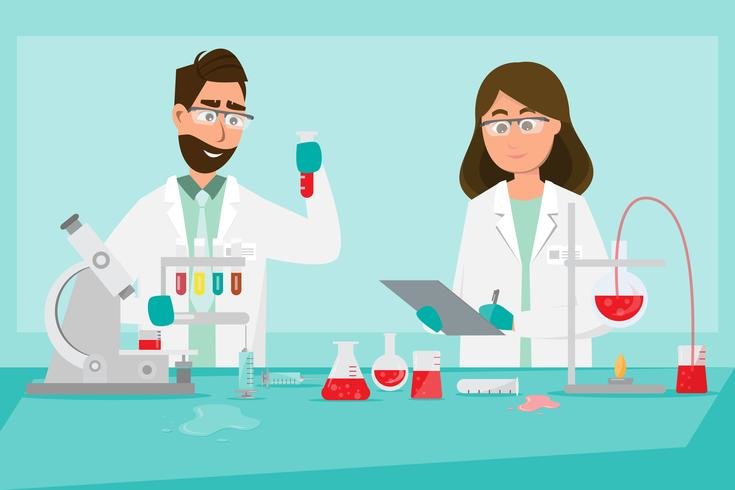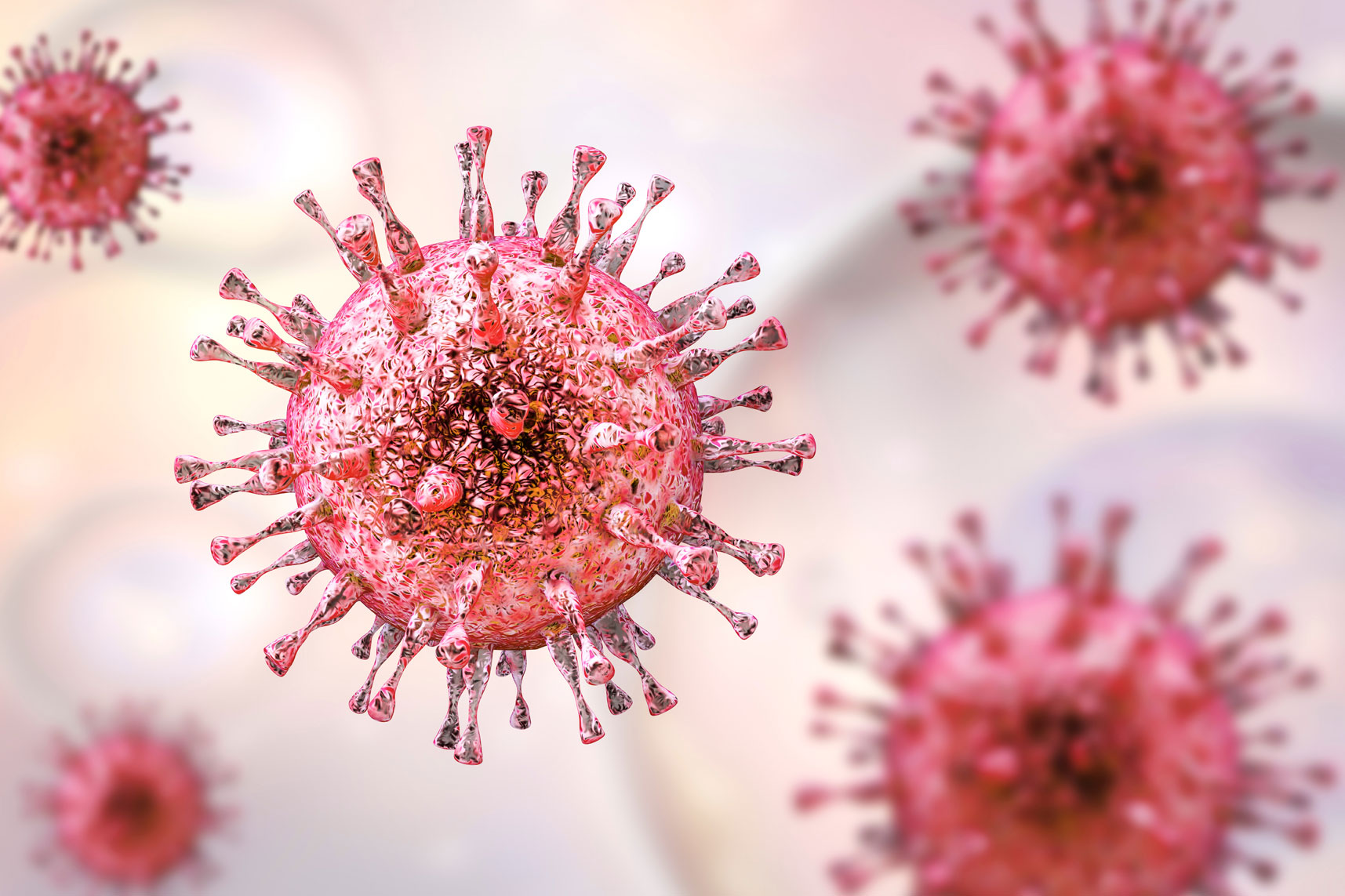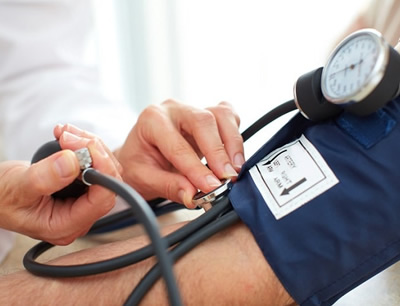Your antibodies can help in creating therapies for patients
All the blood donations that we receive at Access Clinical is checked through a pre screening and post donation test to ensure that it is safe for patients that receive it. You should ensure that you have a full stomach and are hydrated on the day you donate blood at our centre. The blood donation process is fairly easy, after which you’ll get money from us to make up for the volume of blood you have lost. You may think that donating blood can make you feel weak but that is surely not true.
You may feel your arm being sore but that feeling just comes in after the donation is finished for a few minutes, a basic cotton bandage will assist you with feeling much better than before. Any heavy lifting or stressful work should be completely ignored for up to 5 hours post the donation. It’s easy to keep your body healthy and keep donating from time to time.
The staff at Access Clinical can answer any questions you have about donating blood and let you know that blood donation isn’t as overwhelming as you might think it could be. The whole cycle is an extremely easy and smooth one. The time it takes for your blood donation relies upon the extent of blood required. Donating entire blood can take as long as 10 minutes yet giving a specific amount of blood takes a lot less time.
Cytomegalovirus Blood donation is a fairly effortless and safe approach to donate and help the individuals who are battling from cytomegalovirus illness. Access Clinical can assist you with assuming a significant part in sparing the lives of numerous patients.
Giving cytomegalovirus blood donations are somewhat simple because of our speedy screening strategies before the donation. Donations are important for patients and individuals experiencing different illnesses such as cytomegalovirus must donate their blood at Access Clinical for further research and therapy purposes. There are numerous individuals that can donate yet are excessively frightened in light of the fact that they think the cycle is too painful to even consider sitting through.
Life sparing blood donations can assist patients with recuperating from infections. A solitary blood donation at Access Clinical can offer one to four patients a way to beat the cytomegalovirus illness that they are battling. We will help you thoroughly understand how simple the cycle is and assist you with any questions that you have before your donation.




